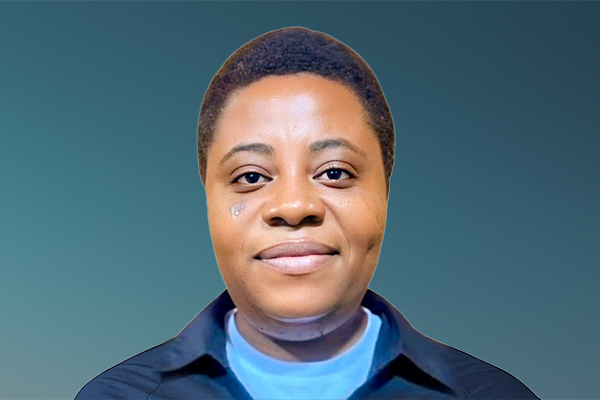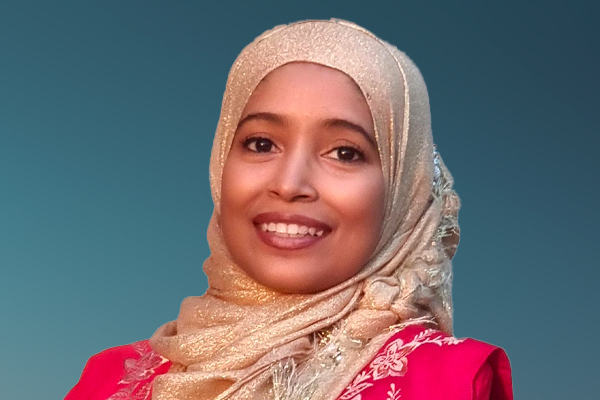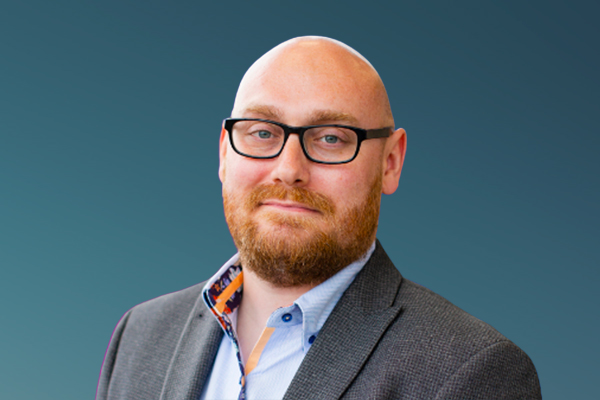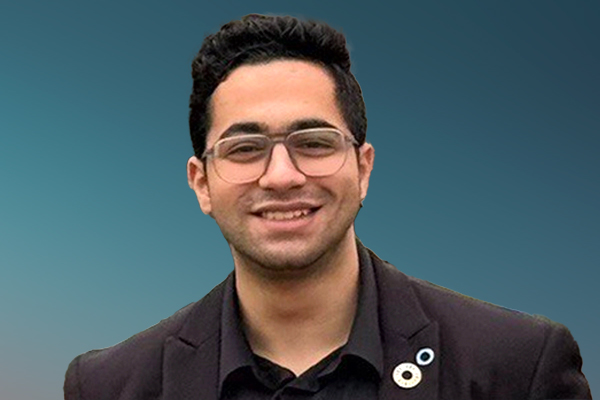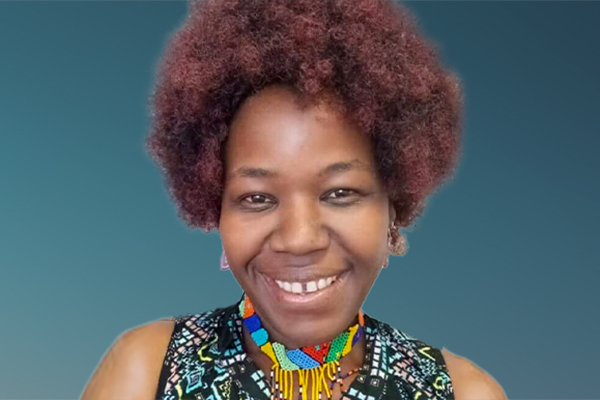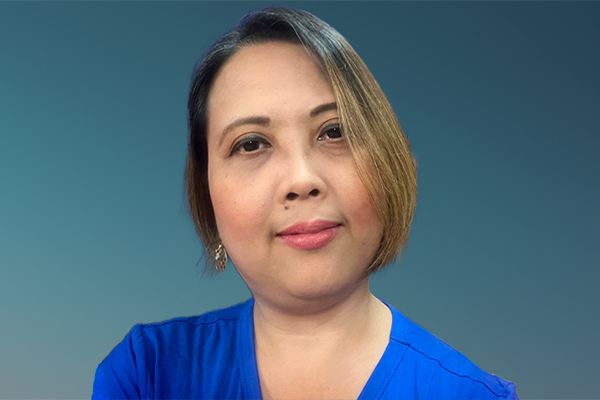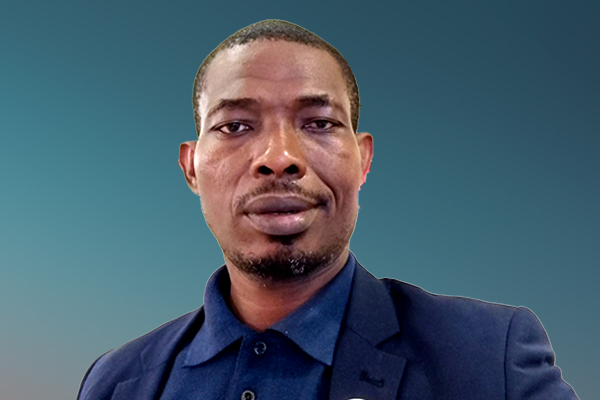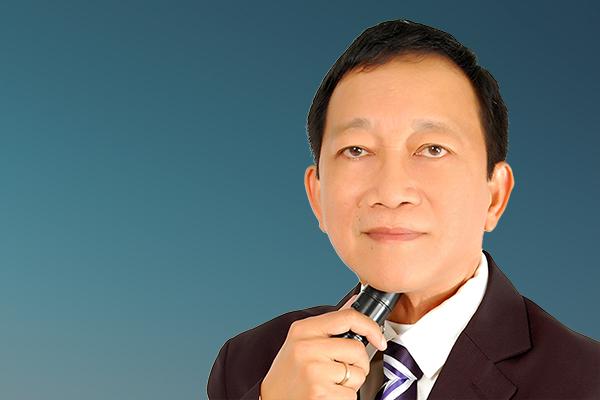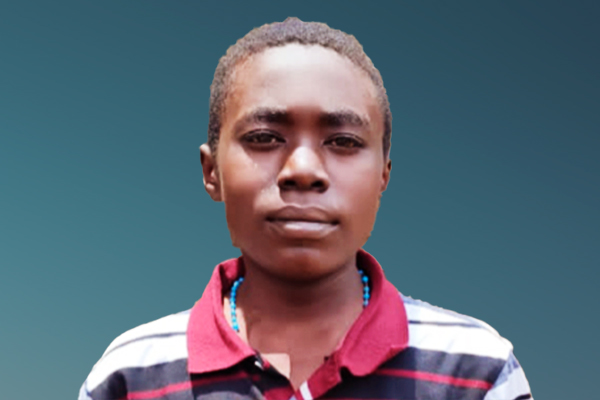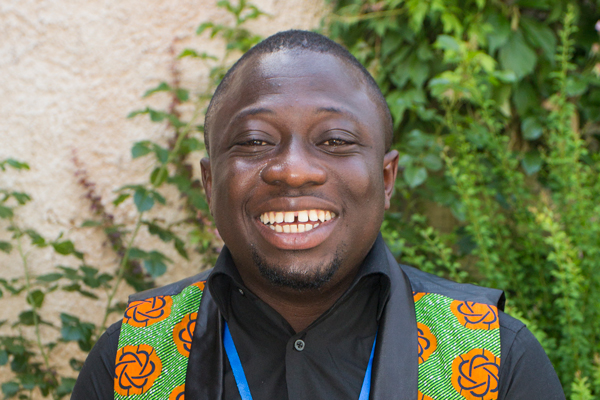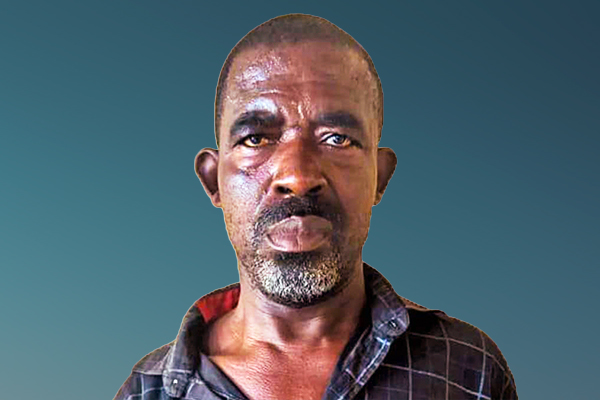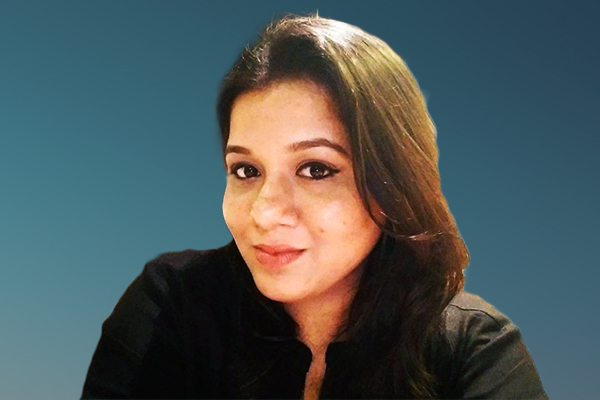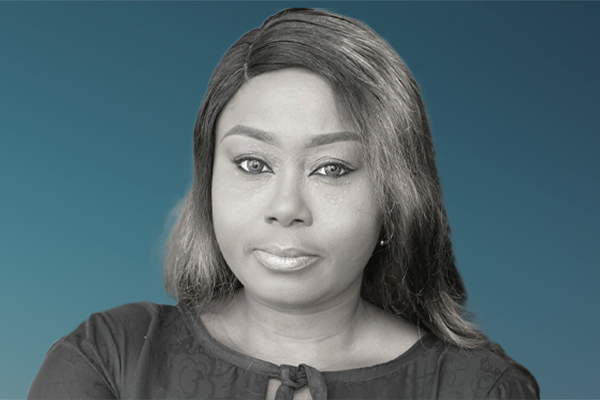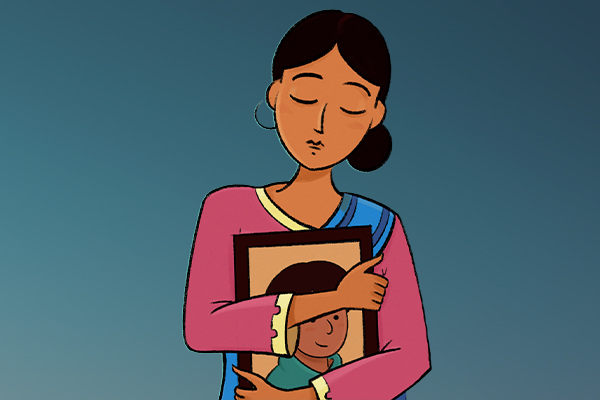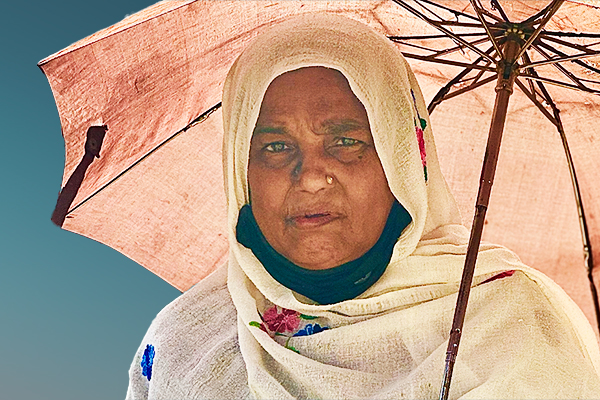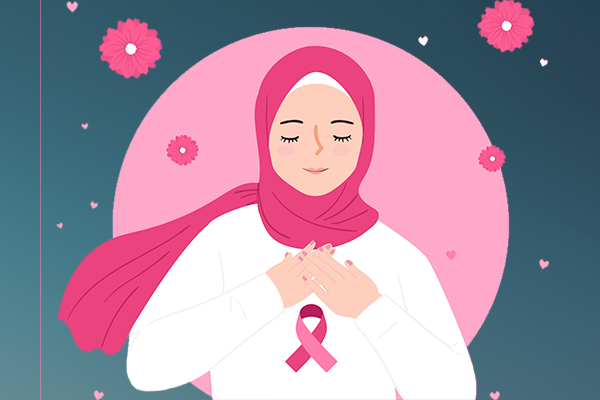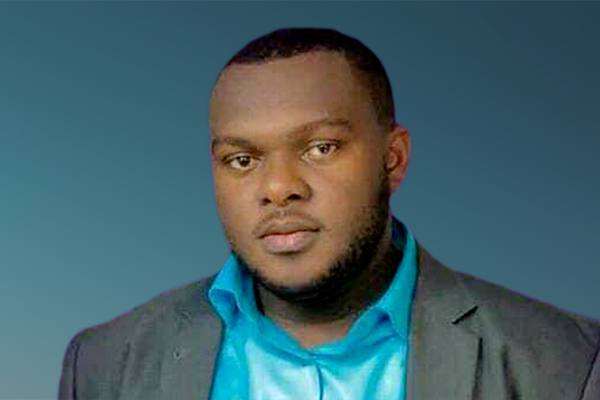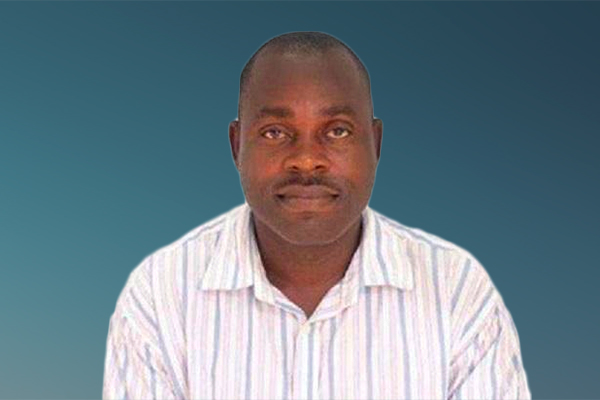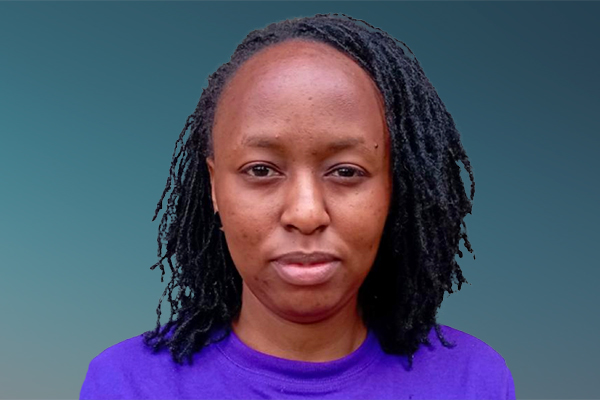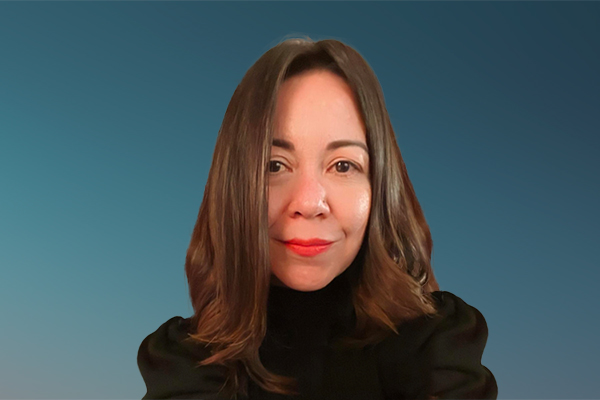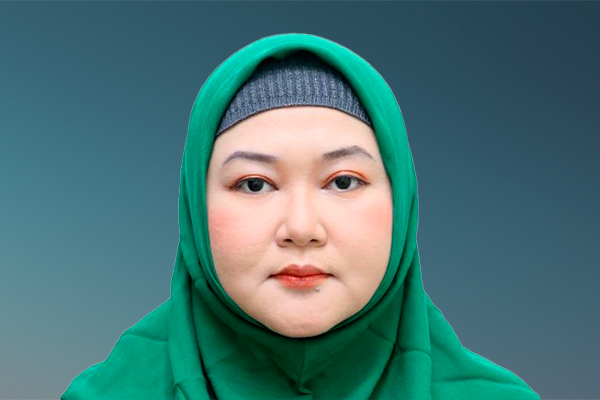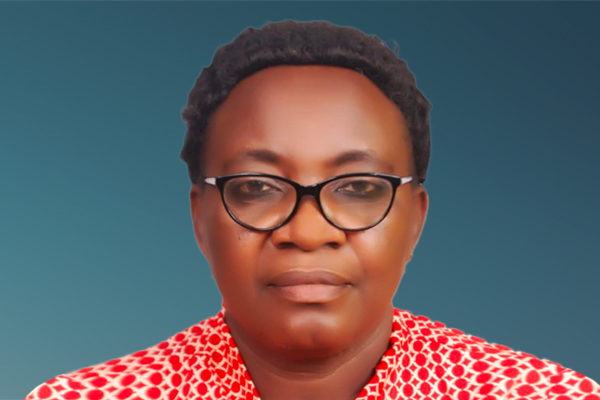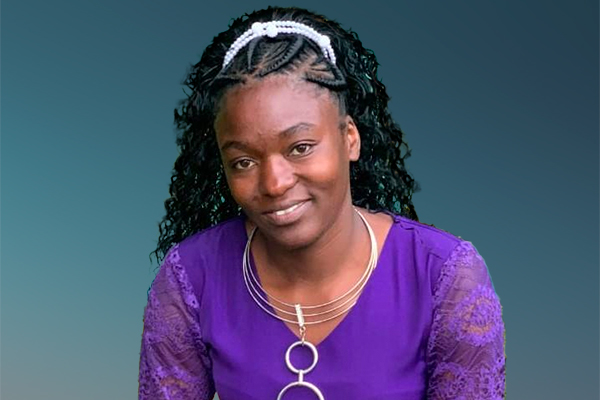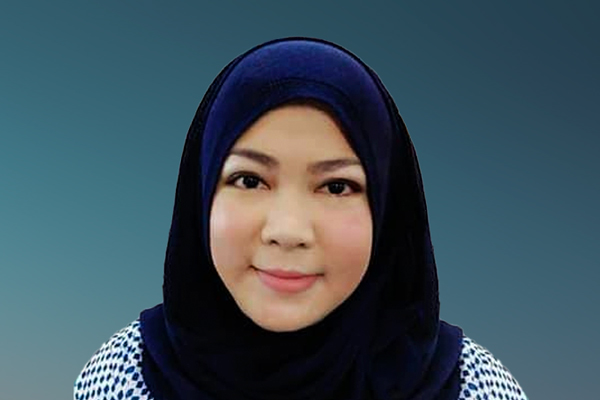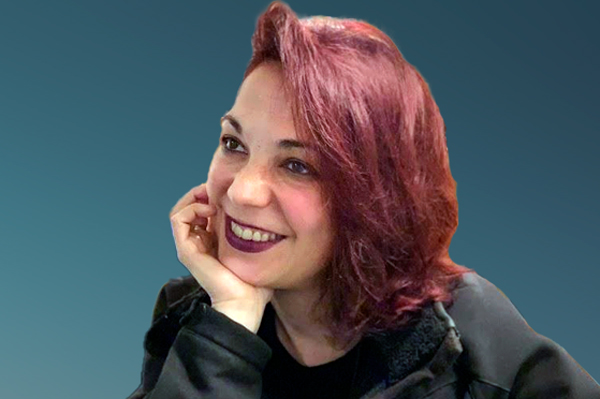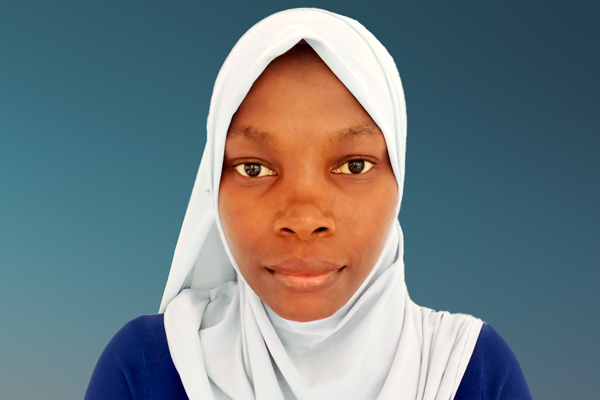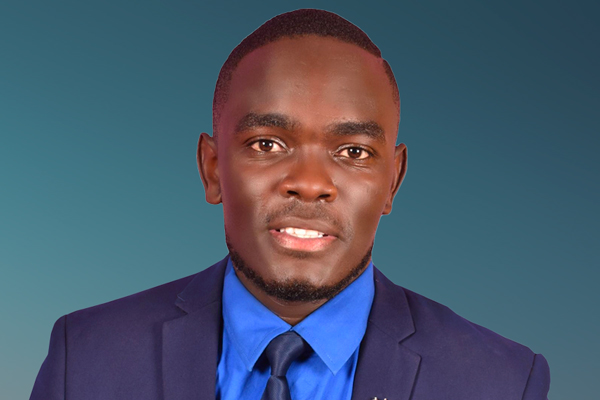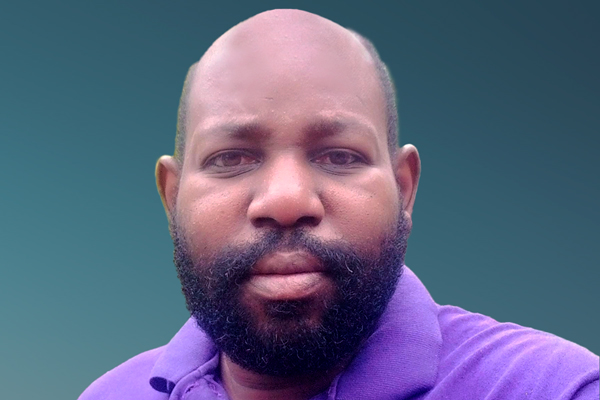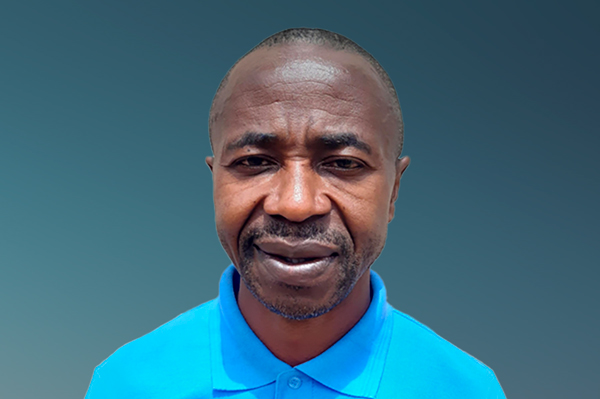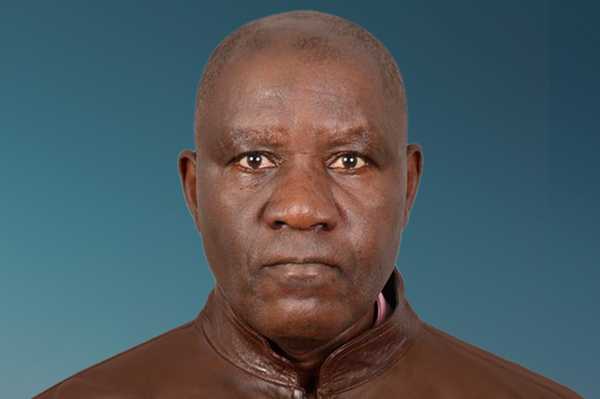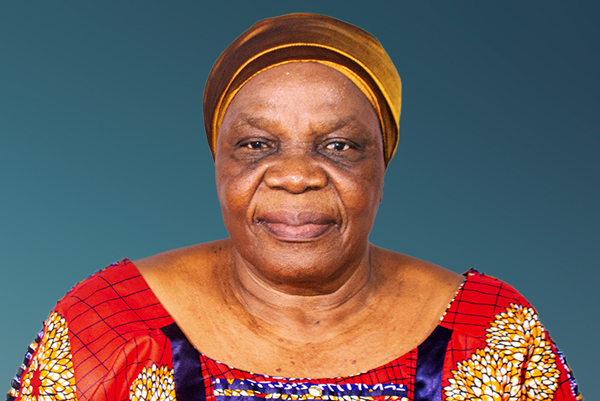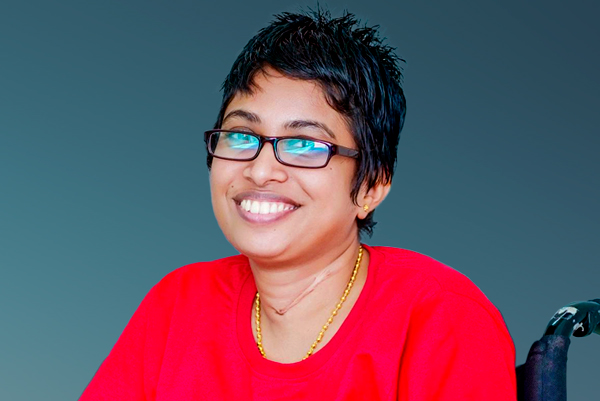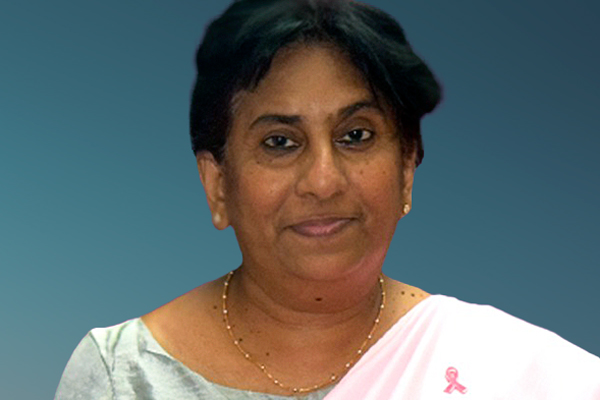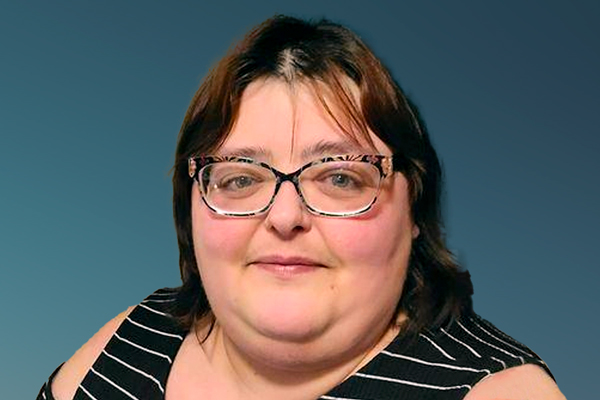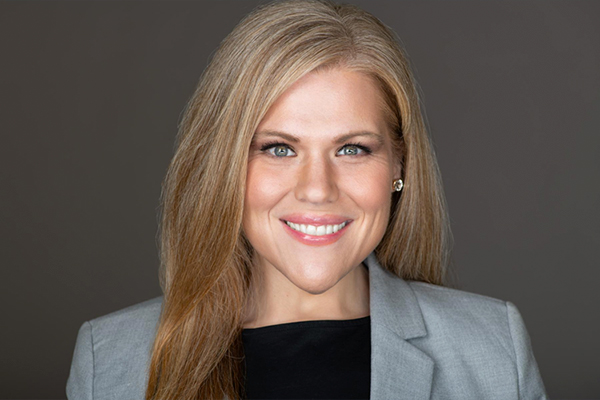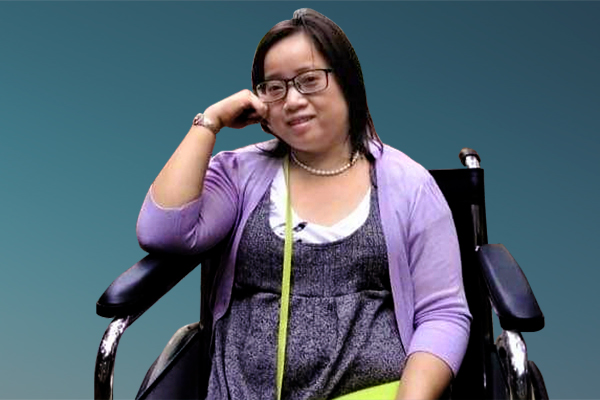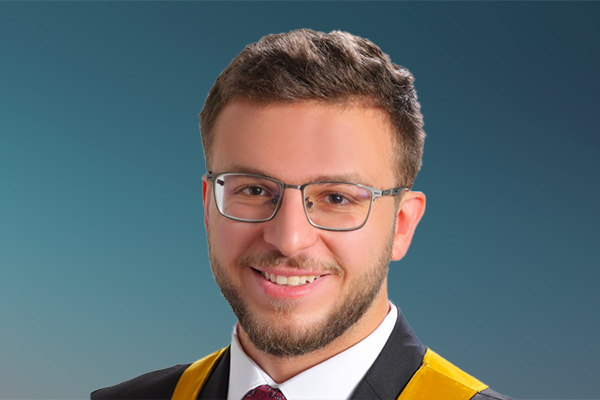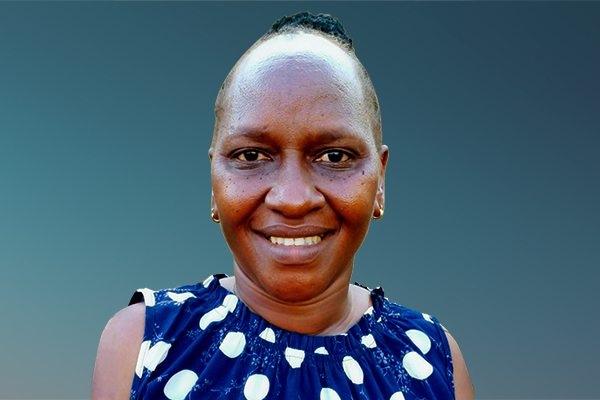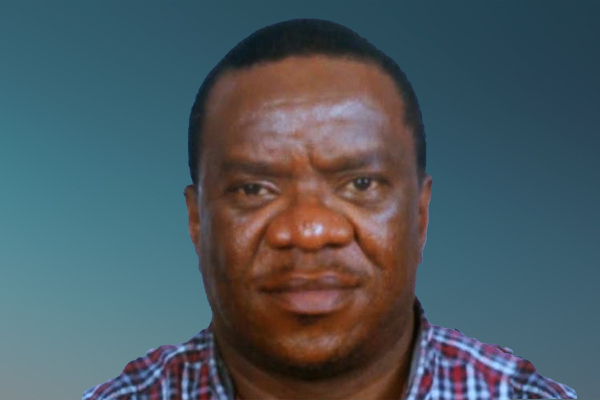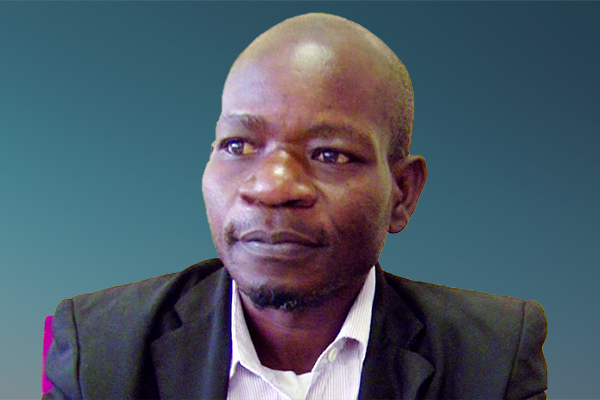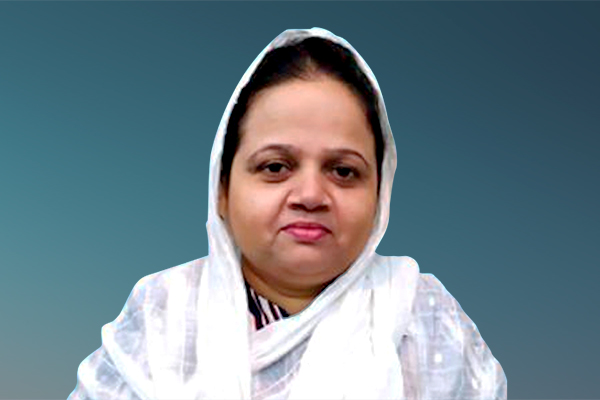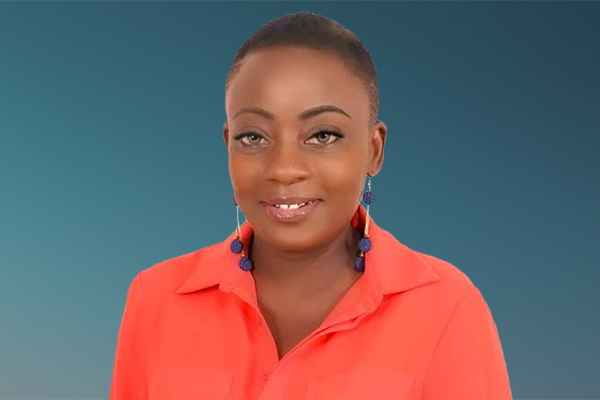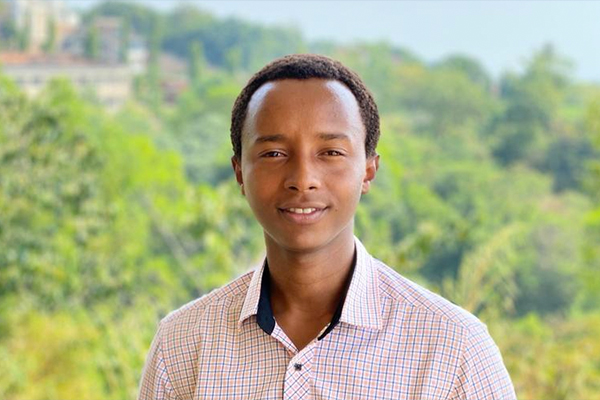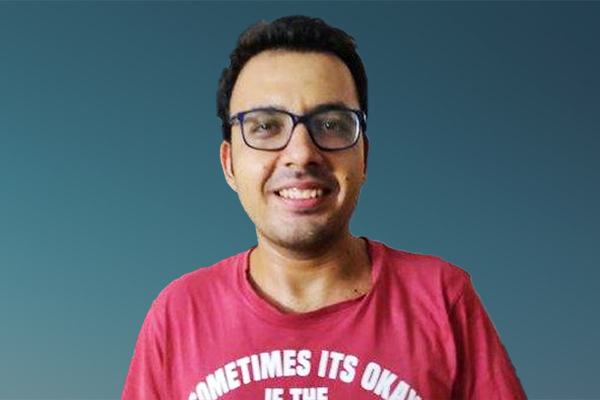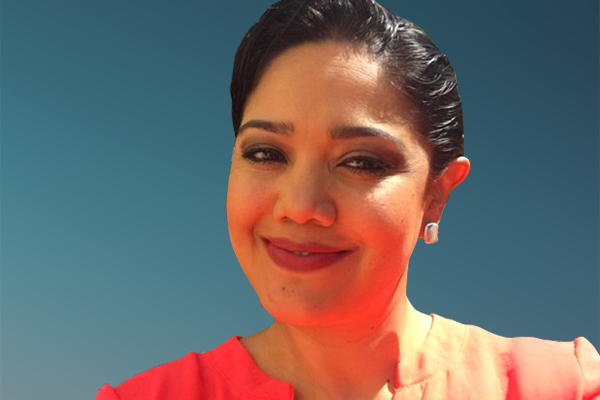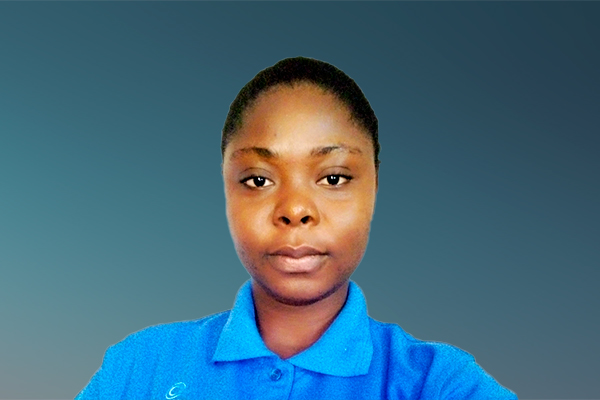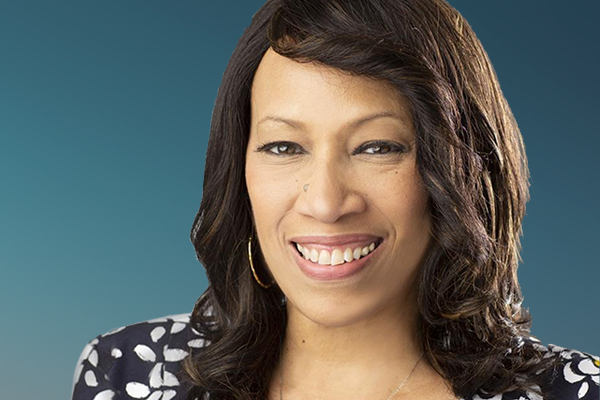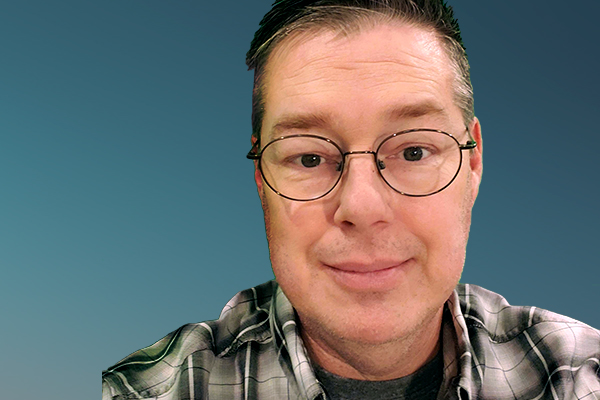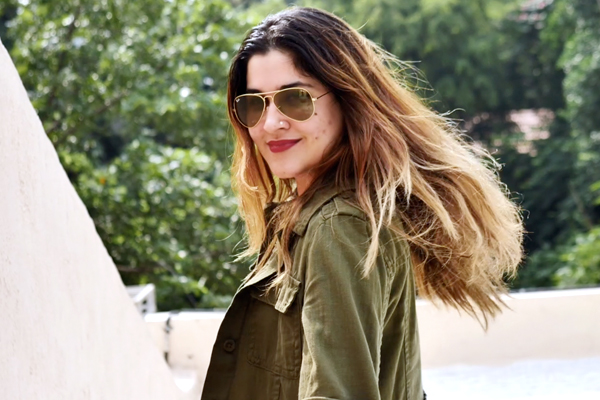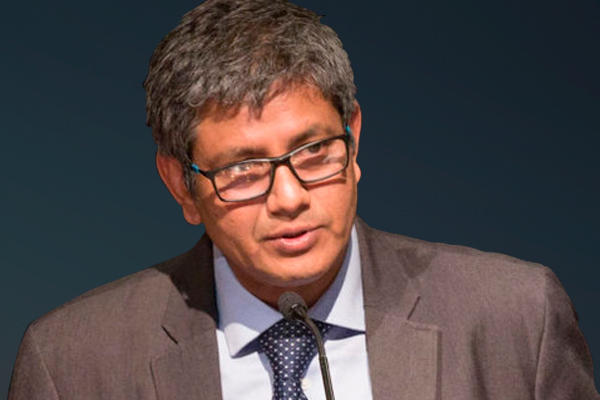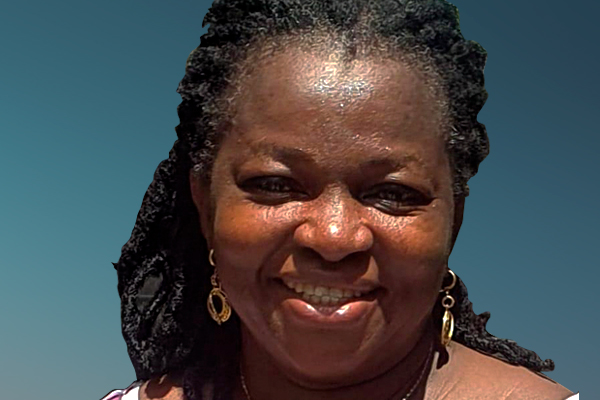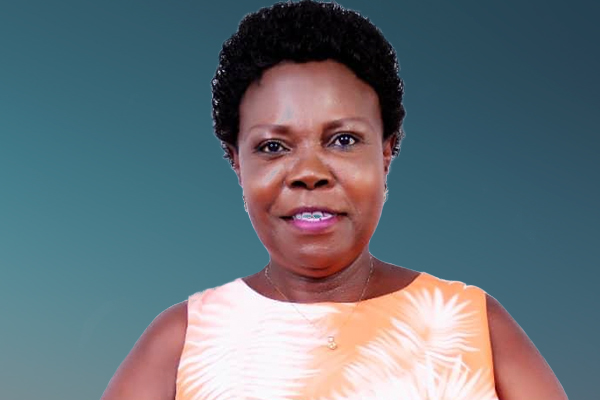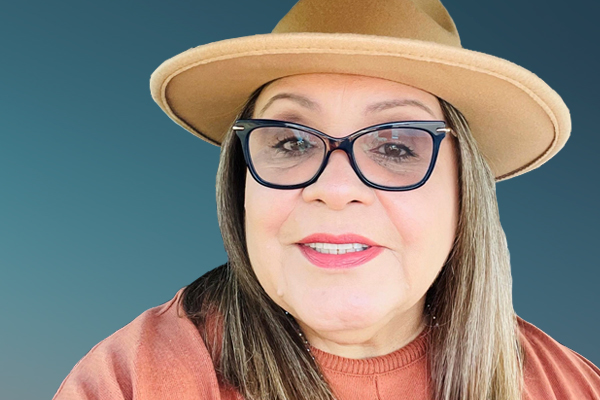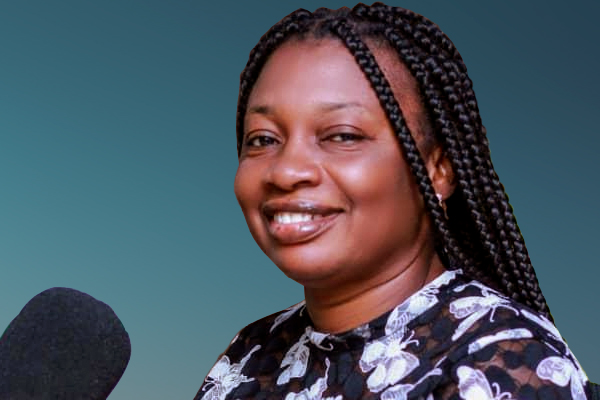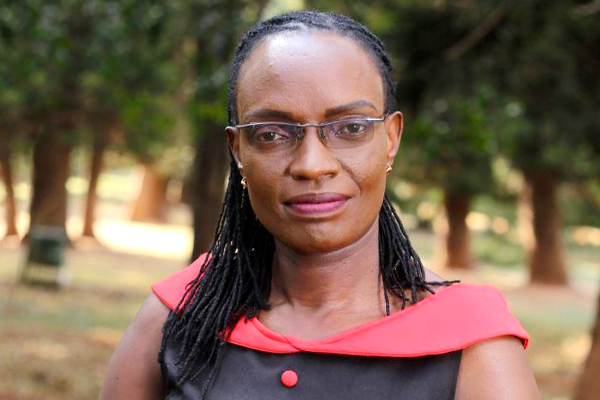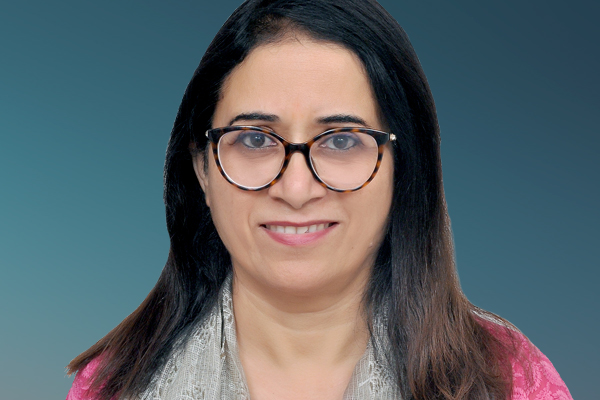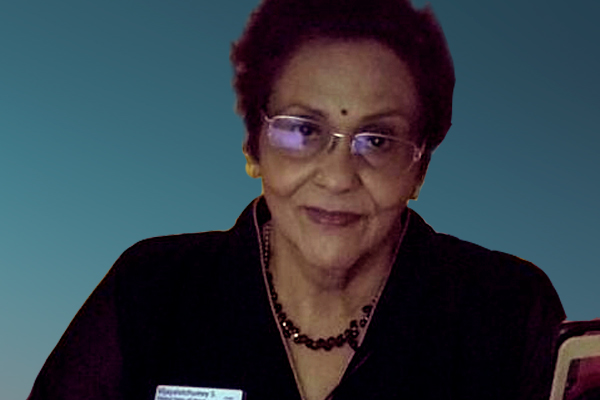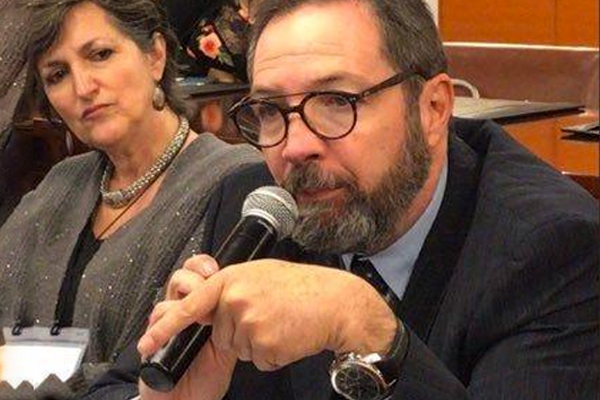Welcome to Episode 1 of my NCD Diary. In this episode I will be speaking to you about my experience with Sickle cell disease, including my diagnosis and treatment, with focus on my experience with access and affordability of Sickle cell care in Kenya. Sickle cell disease is a blood disorder that causes problems with red blood cells.
Normally, red blood cells are round and flexible, which allows them to move easily through your blood vessels. Red blood cells contain a protein called hemoglobin that carries oxygen throughout your body.
People with sickle cell disease don’t have regular hemoglobin in their red blood cells, their hemoglobin can give their red blood cells a curved shape, like a banana or a sickle (a farming tool with a curved edge).
These sickle cells are hard and sticky, which means they can block the flow of blood in your body and cause serious problems.
I was born as a healthy child and as I was growing up, at around two months old my parents noticed I was crying a lot and my hands and legs were swollen this is one sign of sickle cell known as Dactylitis in babies.
My parents took me to the hospital and they met a doctor who was knowledgeable about sickle cell disease. In the past, for one to be diagnosed with sickle cell disease the patient had to be subjected to a sickling test.
To be diagnosed accurately for sickle cell, there is a test called hemoglobin electrophoresis which also show the type of sickle cell disease one has. However only few hospitals and private laboratories could perform this test and it was very expensive ranging from 70 US dollars to 100 US dollars. This was compounded with the fact that few doctors were familiar with sickle cell disease and medications were expensive.
Regarding my treatment after diagnosis, as a child access to quality healthcare was not a problem as my parents were civil servants and I was under their medical cover. I initially began with using paludrine and folate acid. It wasn’t until 2012 when hydroxyurea was used in Kenya for sickle cell treatment, which I will speak about in more detail later.
Growing up with sickle cell had its challenges. I could not play like kids do as it could trigger a crisis, it made me feel like I was different from other kids and my schooling was affected so much as I was in and out of hospital. Like other people living with sickle cell experience, my eyes and body had become jaundice (yellow in colour), I felt fatigued as my red blood cells were broken down after 10 to 20 days, I had an enlarged spleen, delayed puberty and other complications including; Acute chest syndrome, Anaemia, Venous leg ulcers and 'pain crises'.
'Pain crises' occur when blood cell clusters get big enough, they can cause episodes of sudden, intense pain, which can come on without warning and may require medical help. Also, when blood flow gets blocked during a crisis, there can be more health risks over time, like organ damage.
In school I was stigmatized a lot for example being constantly told I had yellow fever because my eyes were yellow and being small bodied I was an easy target of bullies. Because of all the stigma and being bullied I experienced from school it made me go into depression as I felt my life had no importance. As a person living with non-communicable diseases I shifted between different stages, from being in denial to acceptance.
Yet in 2015, things started to change for better. A sickle cell clinic was set up in Moi teaching and referral hospital in Chandaria Cancer Centre in Eldoret Kenya. The clinic was started by Then Director Prof Fredrick Chite who was then Director of Ampath hematology and Oncology department and he is also a Medical Hematologist and Oncologist. The hospital partnered with Indiana thrombosis and health and they opened a sickle cell clinic, where they offered the hemoglobin electrophoresis test to diagnose Sickle cell disease. Overall, the clinic has significantly improved care and made costs more affordable. The Hemoglobin electrophoresis which ranged from 70 US dollars to 100 US dollars’ in private hospitals and private hospitals respectively was now offered at 25 US dollars. We had a sickle package where sickle cell patients were seen by a specialist (hematologist), who would perform lab tests and get your full dose of medicine at an affordable price. New born screening was also introduced where new born babies were screened for sickle cell disease.
In terms of sickle cell treatment specifically, this is multi-disciplinary and it involves a team of specialists ranging from physicians, nutritionists, psychologist, nurses and hematologists. At the Moi teaching and referral hospital clinic, the process for me involves paying for a consultation fee, then proceeding to the triage for taking vitals (temperature, blood pressure, weight and oxygen saturation) followed by a lab test to ascertain complete blood count (CBC). Finally, I have a discussion with the doctor who then prescribes the medication. A review follows every three months. As I mentioned earlier, the medication I have been using since 2012 is called hydroxyurea – a chemotherapy drug for sickle cell. As an adult with national health insurance for which my employer pays the subscription, I am still not able to apply this to any outpatient services. Therefore, I had to spend 20 US dollars out-of-pocket per day buying medicine, because one capsule was 5 US dollars and I had to take 4 capsules a day.
If Sickle cell disease was covered in Kenya under universal health coverage my experience would greatly improve as it will promote access to Sickle cell treatment to most households for those patients in poor backgrounds. It will also reduce stigma associated with the disease since many parents will take their children for treatment.
In the next episode I will be sharing insights from sickle cell community and also of other people in my community living with other NCDs to discuss shared challenges around access to affordable treatment and care in Kenya.

